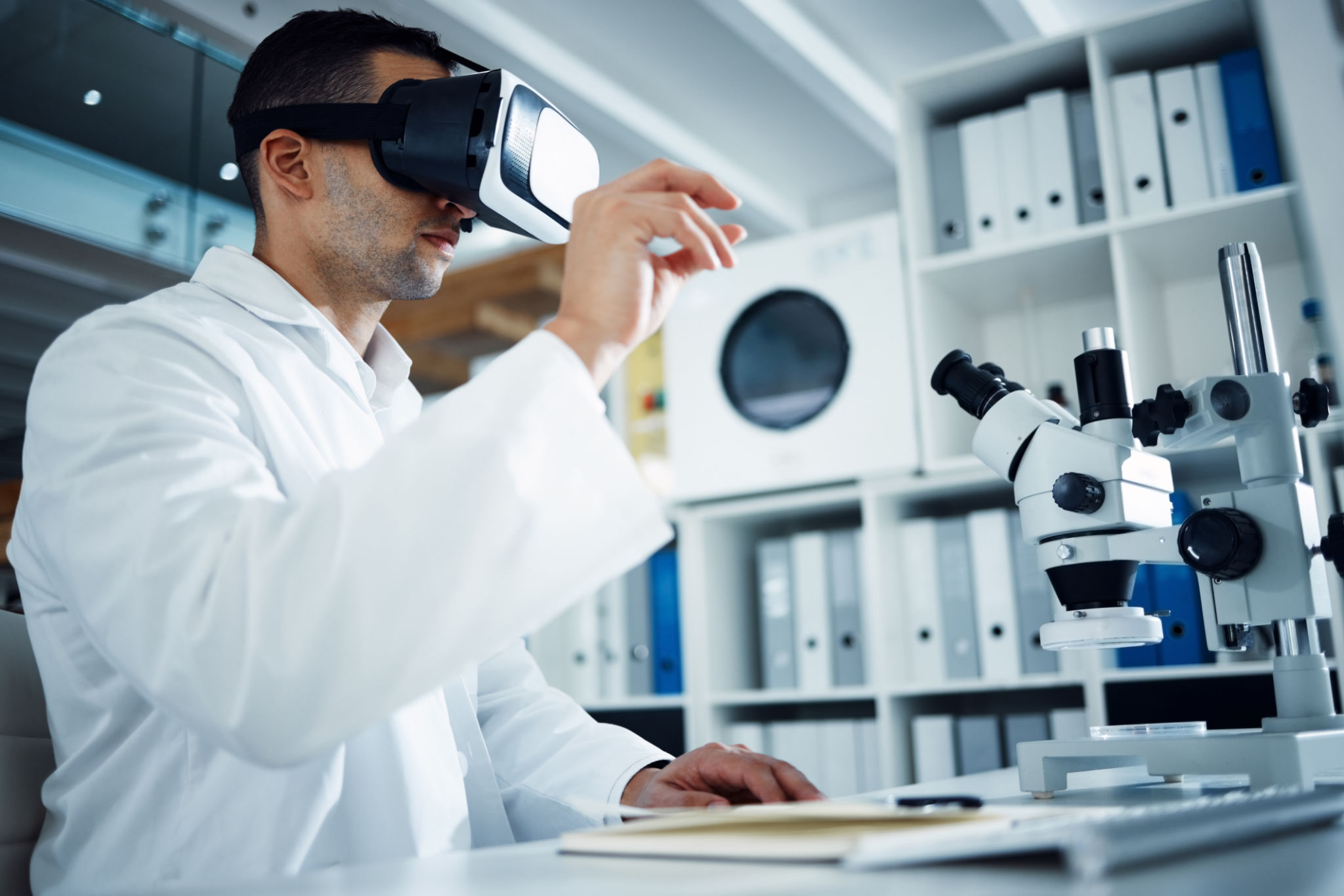Top 5 Benefits of Using Pulse Stimulator Devices in Biomedical Research
Introduction to Pulse Stimulator Devices
Pulse stimulator devices have become an integral part of biomedical research, offering a wide array of benefits that enhance the quality and efficiency of scientific studies. These devices are designed to deliver electrical pulses to tissues or cells, providing researchers with the tools needed to explore physiological responses and therapeutic potentials.
In this blog post, we will explore the top five benefits of using pulse stimulator devices in biomedical research, shedding light on why they are essential tools in laboratories worldwide.

1. Enhanced Precision and Control
One of the primary advantages of pulse stimulator devices is the level of precision and control they offer. Researchers can adjust parameters such as pulse duration, frequency, and intensity to suit specific experimental needs. This precise control allows for more accurate replication of physiological conditions, enabling scientists to gather reliable data and insights.
With these devices, researchers can simulate a wide range of conditions that might be otherwise challenging to reproduce. This capability is crucial in experiments requiring high levels of specificity, such as neural stimulation or cardiac research.
Customizable Protocols
Pulse stimulator devices often come with customizable protocols, allowing researchers to easily modify settings based on their experimental objectives. This flexibility speeds up the research process and reduces the likelihood of errors.

2. Versatility in Applications
The versatility of pulse stimulator devices makes them suitable for various biomedical research fields. From neuroscience to cardiology and muscle physiology, these devices are used to investigate a diverse range of biological systems.
This adaptability is invaluable for interdisciplinary research, where experiments may require the stimulation of different types of tissues or cells. As a result, pulse stimulators have become indispensable tools in both academic and clinical research settings.
Supporting Innovative Research
Pulse stimulator devices play a crucial role in advancing innovative research by enabling scientists to explore novel therapeutic approaches and interventions. Their ability to facilitate groundbreaking studies has made significant contributions to medical science.

3. Real-time Data Collection
Another significant benefit of using pulse stimulator devices is their capability for real-time data collection. Researchers can monitor responses as they occur, leading to immediate observations and adjustments during experiments.
This real-time data acquisition not only enhances the quality of the research but also provides insights into dynamic processes that static measurements might miss. As a result, experiments can be conducted more efficiently and with greater accuracy.
Improved Experimentation Efficiency
By allowing for real-time adjustments, pulse stimulator devices streamline experimentation processes, reducing the time spent on trial and error and increasing the overall productivity of the research team.
4. Safety and Minimally Invasive Techniques
Pulse stimulator devices are designed with safety in mind, offering minimally invasive methods for stimulating tissues or cells. This aspect is particularly important when working with delicate biological systems or when ethical considerations are paramount.
The non-invasive nature of these devices minimizes potential damage, making them ideal for long-term studies where repeated stimulation is necessary without compromising sample integrity.
Ethical Research Practices
With a focus on safety, pulse stimulator devices support ethical research practices by reducing the risk of harm to living subjects and ensuring compliance with regulatory standards.
5. Cost-Effective Solutions
Finally, pulse stimulator devices present a cost-effective solution for many research labs. By offering multifunctional capabilities in a single device, they reduce the need for multiple specialized instruments, saving resources and space.
Moreover, their durability and ease of maintenance make them a long-term investment that supports ongoing research endeavors without incurring excessive costs.
Maximizing Research Budgets
For institutions operating under budget constraints, pulse stimulator devices provide an economical option that maximizes research output without sacrificing quality.
In conclusion, pulse stimulator devices are invaluable tools in biomedical research, offering precision, versatility, real-time data collection, safety, and cost-effectiveness. These benefits make them an essential component in advancing scientific knowledge and improving healthcare outcomes worldwide.